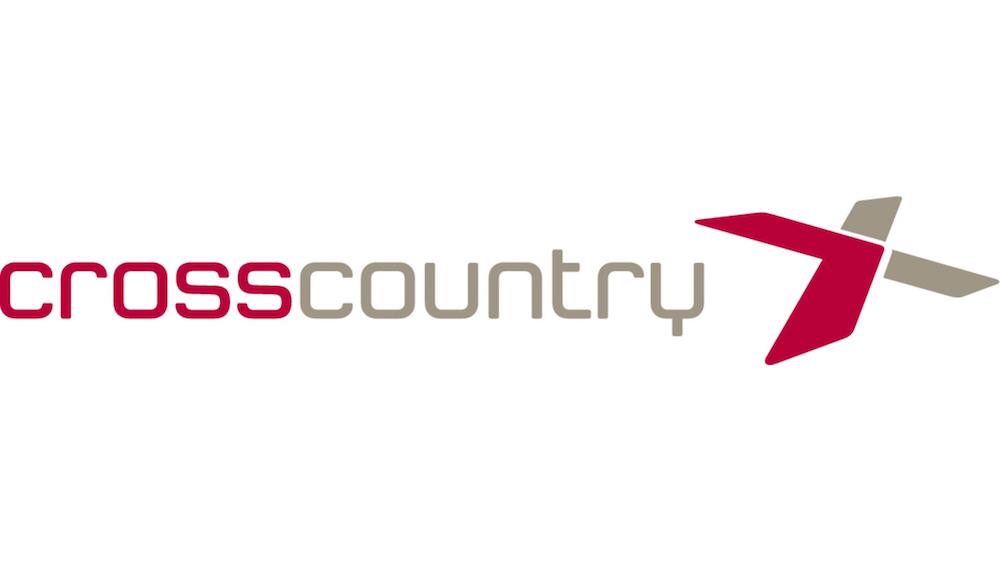Station overview
- Location
- Parkgate, Darlington DL1 4AA
- Station code
- DAR
- Platforms
- 4
- Services operated by
-


 LNER, Northern, TransPennine Express, CrossCountry
LNER, Northern, TransPennine Express, CrossCountry
Facilities
- Ticket Office
- Ticket Machines
- Toilets
- Waiting rooms
- Cycle storage
- Station parking
- Free public Wi-Fi
Accessibility
- Step-free access to platforms (via lifts/ramps)
- Tactile paving on platform edges
- Induction loops
- Staff assistance available
Need assistance? Book in advance via your train operator or National Rail Passenger Assist.
Onward travel
- Town centre buses from outside the station
- Taxi rank
- Connections across Tees Valley & ECML
Map
Local highlights
- Head of Steam – Darlington Railway Museum
- Darlington Market Hall
- South Park

